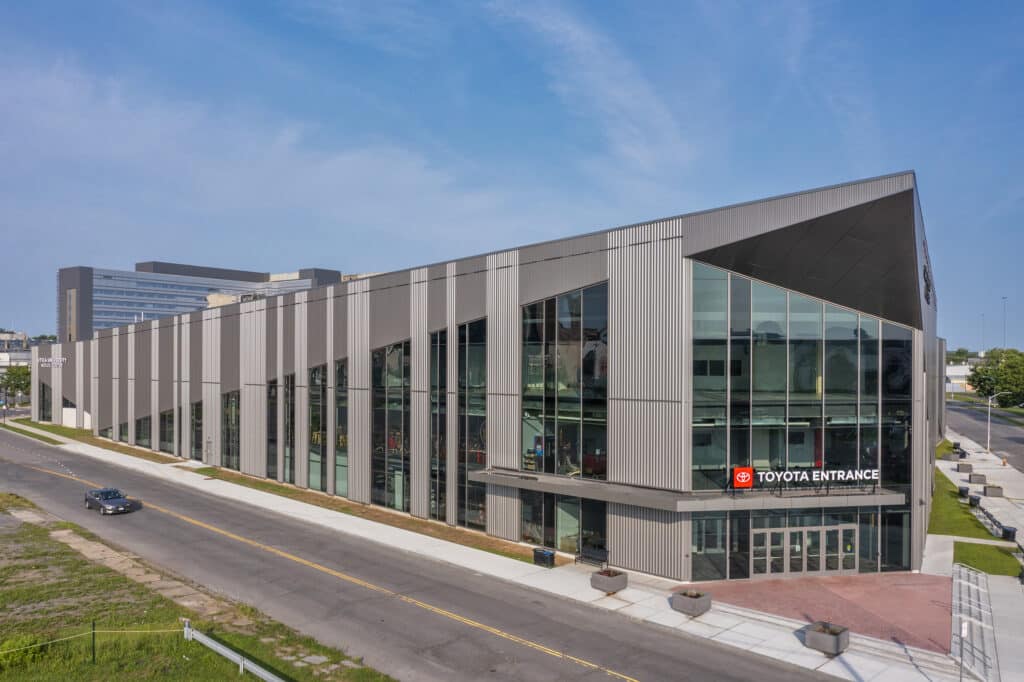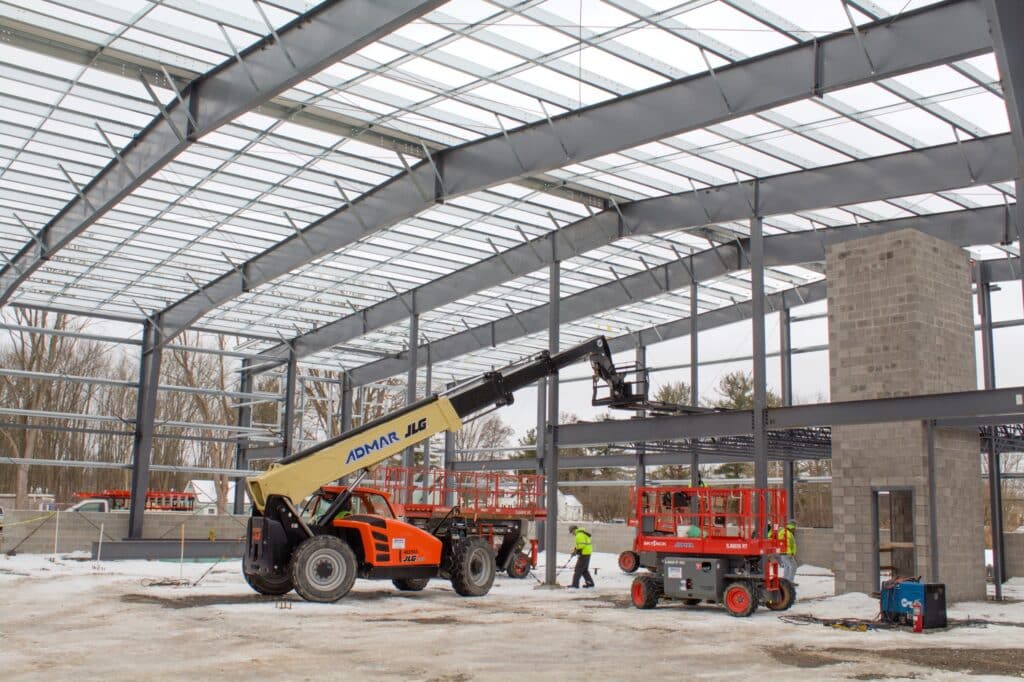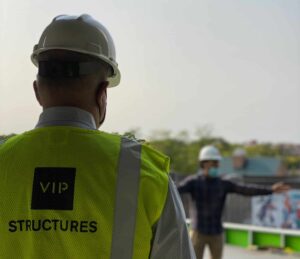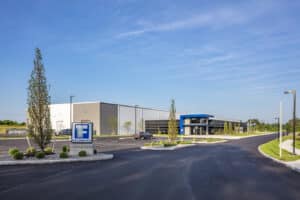Many owners and developers choose to incorporate pre-assembly and pre-fabrication processes into their building project rather than using a more conventional approach.
With pre-fabrication and pre-assembly, an integrated design-build firm and its construction team will set up a particular commercial space to pre-fabricate processes. These include examples like pre-poured slabs, pre-assembled modular wall and frame pieces, as well as other products. After these pieces are created off-site, the integrated design-build firm will truck the assorted products to its build sites.

There are several compelling reasons why pre-fabricated and pre-assembled modular pieces are created early in the building process. This type of preparation in materials is becoming more common in commercial, residential, and mixed-use construction projects as opposed to the materials being assembled on the job site.
Many of these factors have to do with conserving resources and maximizing efficiency. This has led to construction that is more agile. For example, a study from the National Institute of Standards and Technology (NIST) found that pre-fabrication could save 5% or more on industrial waste, improve site safety, reduce budgets by 6% or more, and reduce project schedules by four weeks or more.
All of those data points revolve around conserving resources, improving safety on the construction site, and maximizing efficiency of both time and money for building owners. Building with the owner’s perspective in mind is a key differentiator for VIP Structures and one of our core values, which sets our integrated design-build firm apart from competitors.
In this post, we dive into 5 benefits of pre-fabrication and pre-assembly in commercial and mixed-used construction projects. These benefits hover around quality, safety, time, customization, and reduced waste. All benefits apply to the building owner and eventual building occupants as well.
Benefit 1: Consistent Quality
One of the biggest benefits of pre-fabrication and pre-assembly is the ability to micromanage the environment in which these items are produced. In the field, seasonal changes such as climate and precipitation can make a big difference and extend the timeline for a project.
For those building owners living in cold and snowy climates such as Upstate New York, we know the winters and snowstorms can shut down a project for a day or two at a time.
Pre-fabricated building elements are created in a single environment and in precise conditions, which contributes to results that are more predictable. Because the manufacturing plant produces the assembled parts in larger quantities, it can perfect a process.
Benefit 2: Safety and a Simpler Build
Another good reason to utilize pre-fabrication in commercial and mixed-use construction is that it cuts down on the potential for injury at the job site.
Taking build and tool processes out of the job site eliminates various types of hazards. Here is a simple example: At the pre-fabrication site, workers are likely using built-in saw installations in a production environment. Using this safer process allows the integrated design-build firm working with the building owner to avoid insuring and supporting individual workers using free-motion saw tools at a job site. It’s easy to see how this change toward centralized production decreases the chances of accidents.
Looking for more tips on construction site safety? Learn more.
Benefit 3: Less Time On Site
Saving time on the building project is another large benefit of pre-fabrication in construction. As anyone who has managed a construction timeline can tell you, time is a precious commodity.
Both contractors and building owners are relentless in pursuing ways to reduce on-site job time. Getting the building completed faster benefits everyone and allows the owner to begin turning ROI.
When it comes to reducing time, pre-fabrication processes can really make a difference. Construction professionals have estimated that a pre-fabrication approach can save 50% or more of build time on some types of projects.

Benefit 4: More Customization
With a centralized factory approach to construction pre-fabrication and pre-assembly, there is also more ability for integrated design-build firms to offer customized options to customers. While managing a building project on-site, construction companies have to bring all sorts of special tools to create custom pieces for the work. This requires more labor, heavier vehicles, more time spent setting up on-site work processes, and other types of added cost and effort.
On the other hand, having a lot of this functionality built into a factory production environment is much more efficient. Companies using this approach can practice valuable economies of scale. If builders are serving 10 or 20 customers at a time, they can more easily diversify what they are making on an assembly floor.
Benefit 5: Less Waste
Anyone who has surveyed the scene of a recently finished commercial construction project knows that there is waste. It may take a lot of time to haul away all of the trimmings, cuttings, and assorted construction waste generated during the course of a building project.
With a pre-fabrication and pre-assembly approach, much of that waste is eliminated. Instead of sending bulk orders of drywall, concrete mix, lumber, and other materials to a job site, companies set up mass manufacturing processes that would use more of these individual pieces in their entirety.
Along with the time and cost savings provided, pre-fabrication and pre-assembly help to preserve the environment by reducing waste.
In Summary
These are some of the strongest benefits of a pre-fabrication building approach for commercial and mixed-use construction. Pre-fabrication and pre-assembly in construction hinges on a firm’s ability to source more of the products and parts of a building off-site. This pre-work creates more efficient and effective buildings for integrated design-build firms and owners.
Do you have an upcoming building project? Searching for integrated design-build vendors? Look for ways pre-fabrication and pre-assembly can enhance your next project.
Interested in learning more from the experts at our integrated design-build firm in Upstate NY? Subscribe to our blog below. Have a question for our thought-leaders at VIP Structures? Reach out to us using the contact form.



